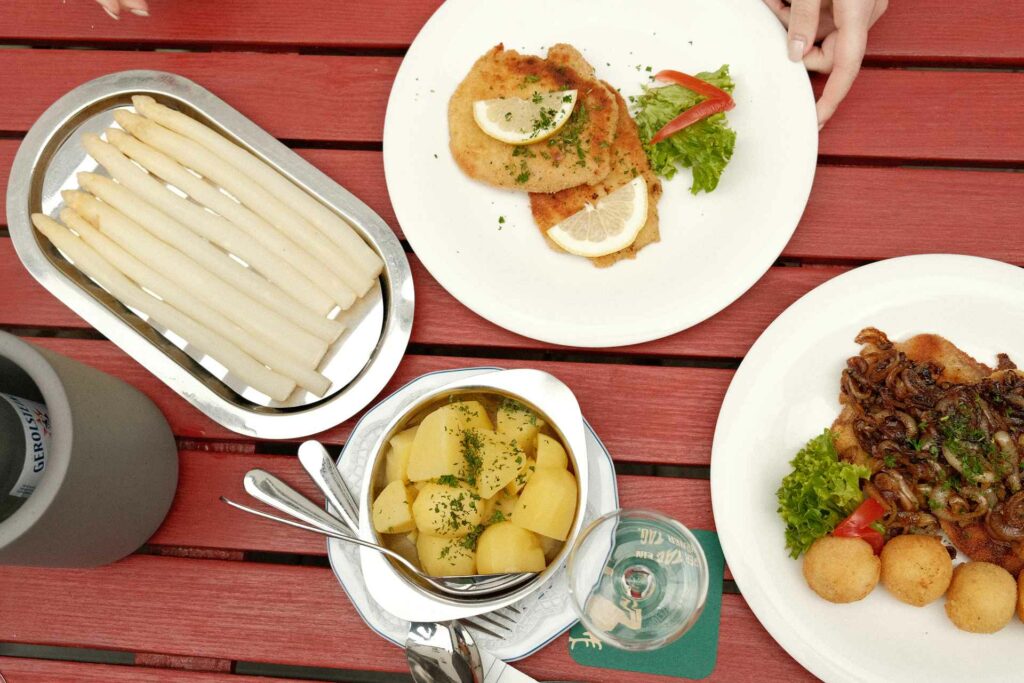Mmm, tasty: asparagus from the Lower Rhine. These royal vegetables cannot be missing on any plate in spring. Asparagus thrives in the sandy soil between the Rhine and Meuse rivers and promises real enjoyment.
Asparagus represents spring and summer freshness that can be tasted. It contains many vitamins and minerals and is therefore considered a particularly healthy vegetable. Asparagus from the Lower Rhine is not only extremely nutritious but also low in calories. Most of all, it is one thing: really tasty.
The Romans cultivated the present-day noble vegetable between the Rhine and Meuse 2,000 years ago. Through breeding, they made sure that asparagus (or ‘Spargel’ in German) lost its bitter taste. And laid the roots for the fact that the Lower Rhine is a real asparagus stronghold today.

